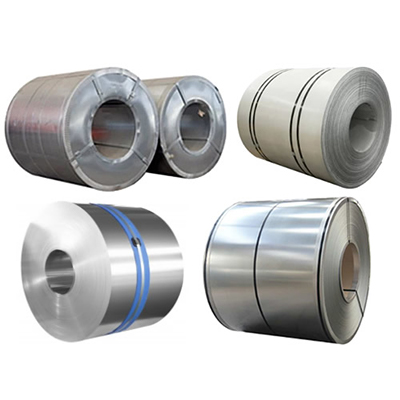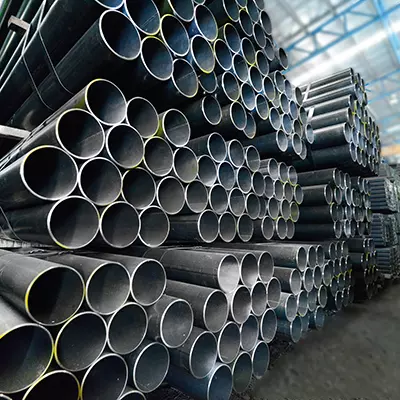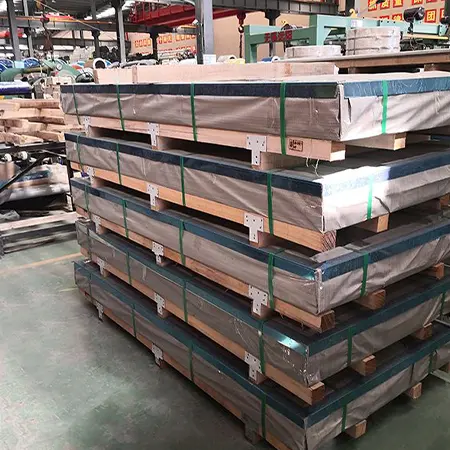What are the processes of stainless steel?
Stainless steel is a versatile and widely used material known for its corrosion resistance, strength, and aesthetic appeal. The manufacturing of stainless steel typically involves several processes. Here are the main steps involved in the production of stainless steel:
1. Melting: The production starts with melting the primary raw materials, which typically include iron ore, recycled steel, chromium, and nickel, in an electric arc furnace or blast furnace. The mixture is heated to high temperatures until it reaches a molten state.
2. Refining: The molten metal goes through a refining process to remove impurities like sulfur, carbon, and phosphorus. This is done by adding various alloys or undergoing treatments like AOD (Argon Oxygen Decarburization) or VOD (Vacuum Oxygen Decarburization). The refining process helps achieve the desired chemical composition and properties of stainless steel.
3. Casting: After refining, the molten metal is cast into large rectangular blocks or ingots. These ingots are later transformed into various shapes and sizes depending on the intended end use.
4. Hot Rolling: The ingots are heated and passed through a series of rolling mills to reduce their thickness and increase their length. This process, known as hot rolling, can be repeated several times to achieve the desired dimensions.
5. Cold Rolling: The hot-rolled stainless steel strips or plates may undergo a further process called cold rolling. This involves passing the material through a set of rollers at room temperature to improve its surface finish, dimensional accuracy, and mechanical properties.
6. Annealing: Annealing is a heat treatment process performed to relieve stress, enhance ductility, and improve the material’s structure. During annealing, stainless steel is heated to a specific temperature and then cooled slowly to create a more uniform microstructure.
7. Finishing: The stainless steel can undergo additional processes such as pickling, passivation, or electro-polishing to remove surface impurities, enhance corrosion resistance, and improve its appearance.
8. Cutting and Forming: Stainless steel sheets or coils can be cut into desired shapes or transformed through various forming techniques like bending, welding, stamping, or machining to produce the final components, such as pipes, tubes, sheets, or parts for different applications.
9. Surface Treatment: Finally, stainless steel may undergo surface treatments like buffing, grinding, or coating to further enhance its appearance, smoothness, and resistance to scratches.
It’s important to note that the exact processes and variations may vary depending on the specific grade and application of stainless steel.
MORE BLOG
-
 304, 304L, 316, And 316L: What's The Difference?
304, 304L, 316, And 316L: What's The Difference?Stainless steel is a popular material used in many applications because of its strength, durability, and resistance to corrosion. Among the different types of stainless steel available, 304. 304L, 316. and 316L are some of the most commonly used grades.
-
 What Is Steel Pipe?Classification Of Steel Pipes
What Is Steel Pipe?Classification Of Steel PipesAll the two ends of the opening and hollow section, and the length and the section circumference of the larger steel, can be called steel pipe.
-
 What are the knowledge points about stainless steel?
What are the knowledge points about stainless steel?Stainless steel is a corrosion-resistant alloy steel, which has excellent rust prevention capabilities due to its chromium and nickel content.